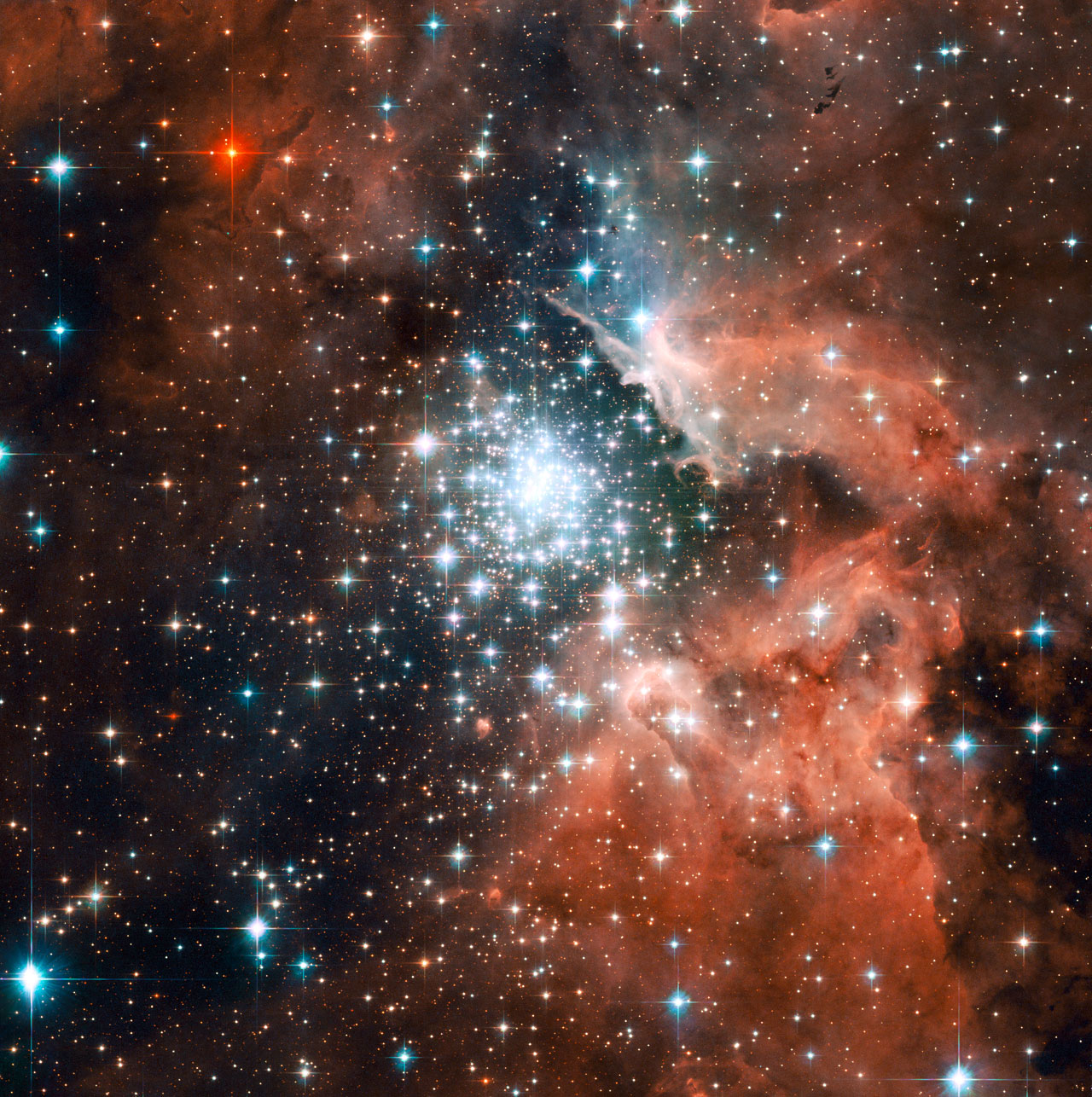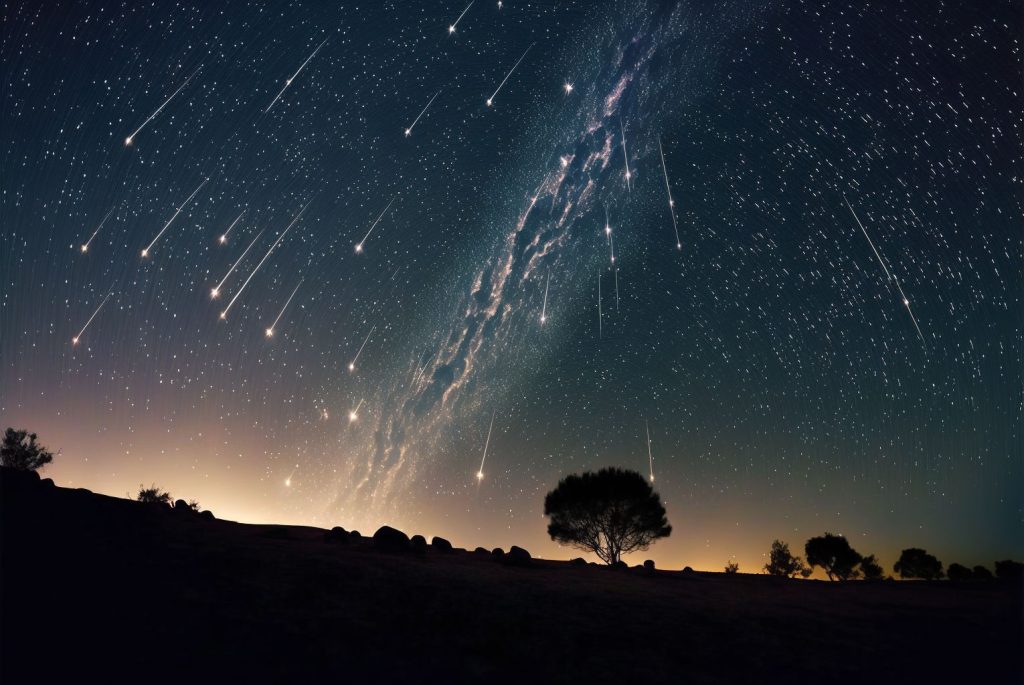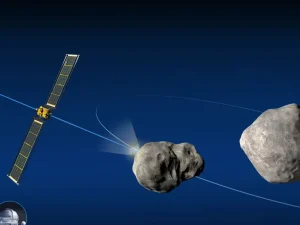Celestial Calendar 2024: January Skywatching Events You Don’t Want to Miss
29th Dec 2023
January is an exceptional month for celestial exploration, offering extended nights as the perfect backdrop for spotting the universe’s many marvels. The chill in the air steadies the atmosphere, enhancing visibility and creating optimal conditions for stargazing. January skywatching can be very rewarding!
Regardless of your experience level or the equipment at your disposal, January 2024 is set to deliver a series of unforgettable astronomical events to usher in the new year. So, wrap up warm, arm yourself with binoculars or a telescope, and prepare to marvel at the cosmic ballet unfolding above you. Our celestial event calendar below will guide you on this journey, ensuring you do not miss out on any of the heavenly wonders this January has to offer!
🌠 3rd-4th January: Quadrantids Meteor Shower

With a peak of around 40 meteors per hour, this celestial display showcases dust grains believed to originate from the remnants of an extinct comet, 2003 EH1. Running annually from 1st-5th January, its pinnacle occurs this year during the night of the 3rd and the early hours of the 4th. For optimal viewing, seek out a dark location after midnight and direct your gaze toward the constellation Bootes, where the majority of this captivating show will unfold.
🪐12th January: Mercury at Greatest Western Elongation
Mercury hits its furthest point west from the Sun, elongating to 23.5 degrees. It’s an optimal phase for Mercury sightings as it peaks in height above the morning horizon. Scan the eastern sky just before sunrise to glimpse the planet positioned low in the celestial expanse.
🌕 25th January: Full Moon
This day, at 17:56 GMT (12:56 p.m. EST), the Full Wolf Moon graces the skies, finding its place within the constellation Cancer. While technically fleeting, the Full Moon represents a singular moment when it sits directly opposite the Sun from Earth. However, its luminous phase extends a day before and after this time, casting its full radiance upon the night sky.
💫 25th January: Comet 144P/Kushida
If you have sizable binoculars or a compact telescope, you can catch a glimpse of this brief-cycle comet, circling through our skies every 7.6 years. Although its closest encounter with Earth occurred on 12th December, Kushida is set to reach its perihelion – its nearest point to the Sun – on 25th January. Astronomers anticipate a luminosity of at least magnitude 7.4 during this phase. To catch sight of the comet, gaze above the southeastern horizon after dusk.
As we look ahead, remember that the universe’s theater never goes dark. Keep those telescopes ready and mark your calendars for next month’s cosmic rendezvous. Whether it’s a lunar eclipse, a dance of planets, or a surprise comet, the celestial calendar always has something remarkable in store, and January skywatching in 2024 will be no exception!






Thank you for your comment! It will be visible on the site after moderation.